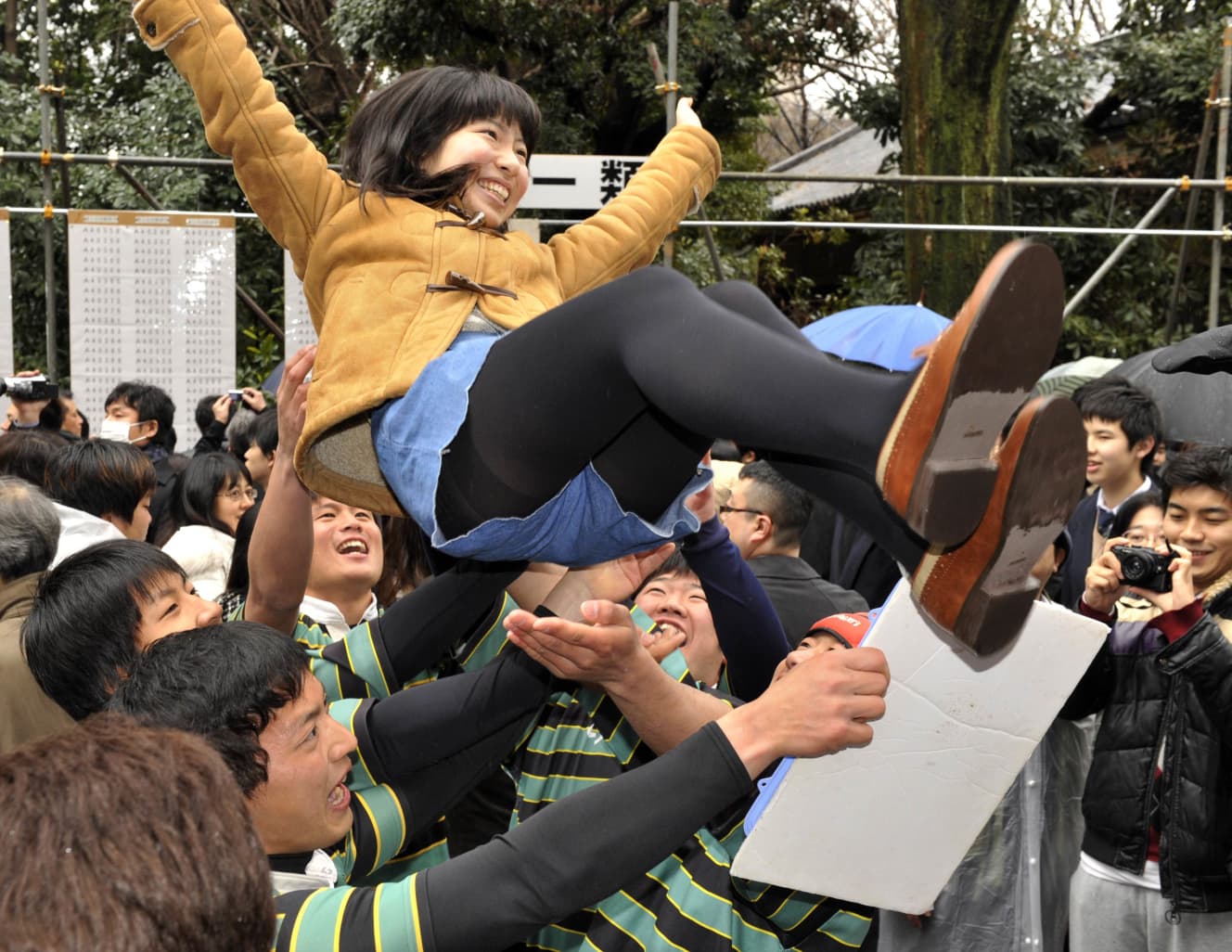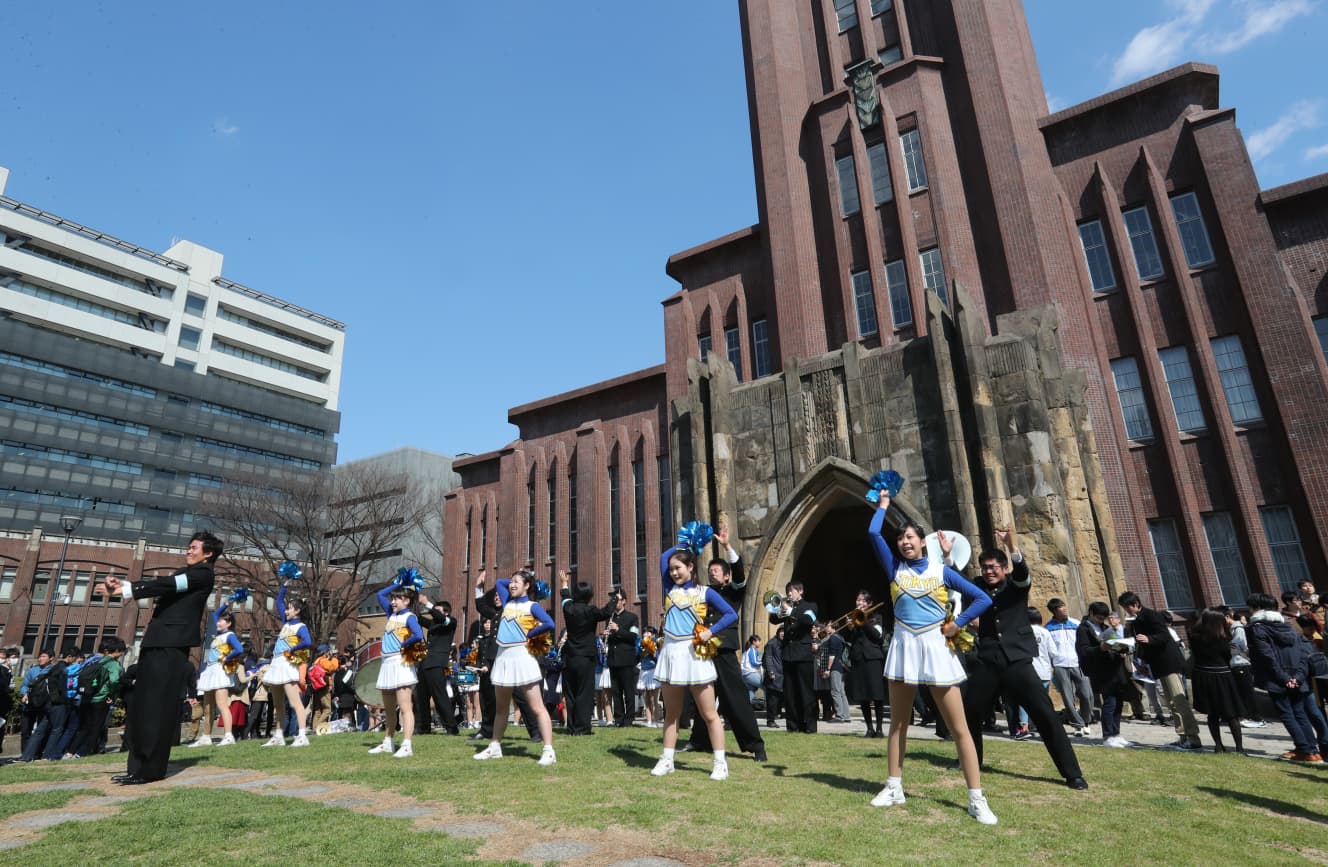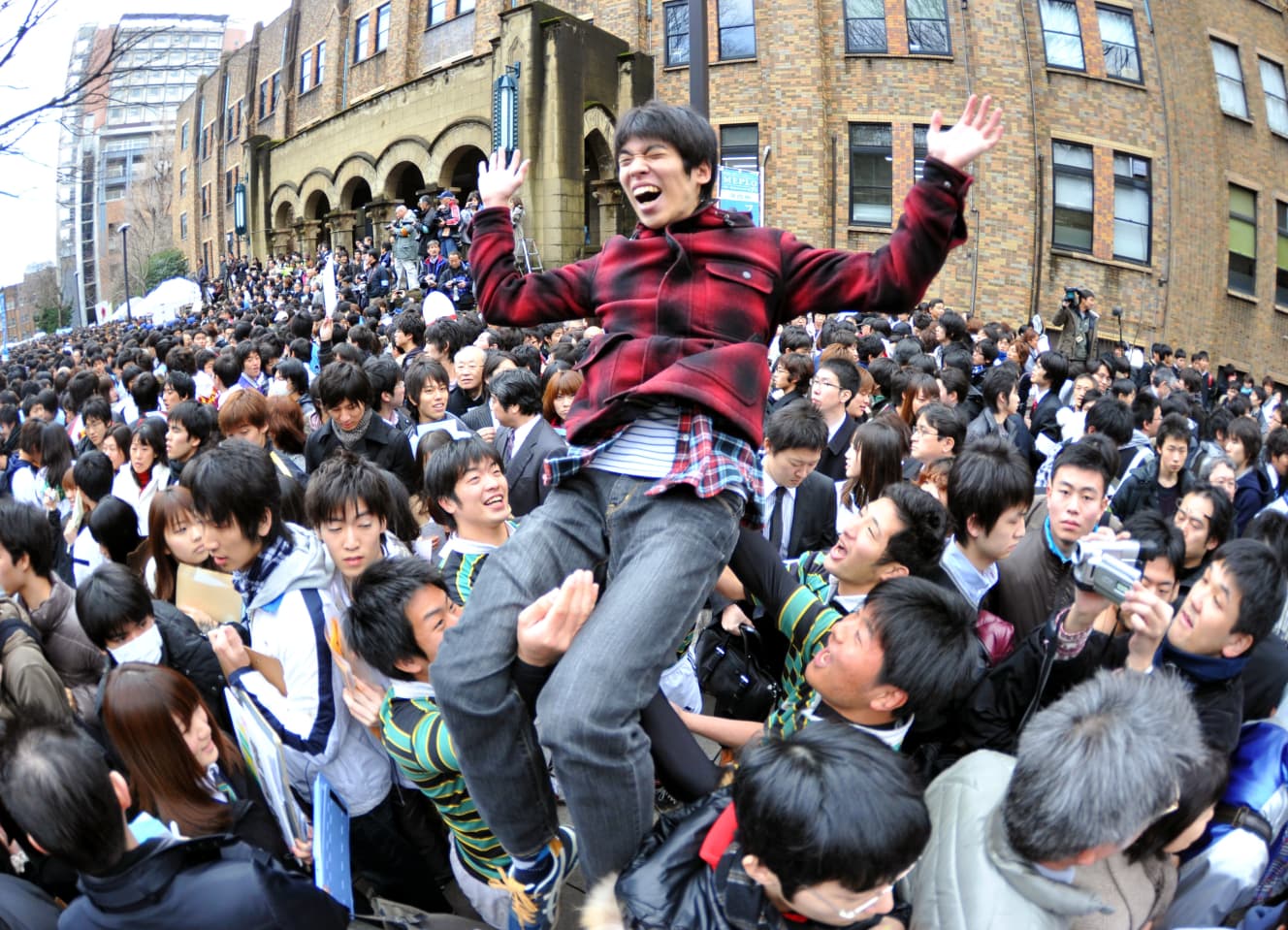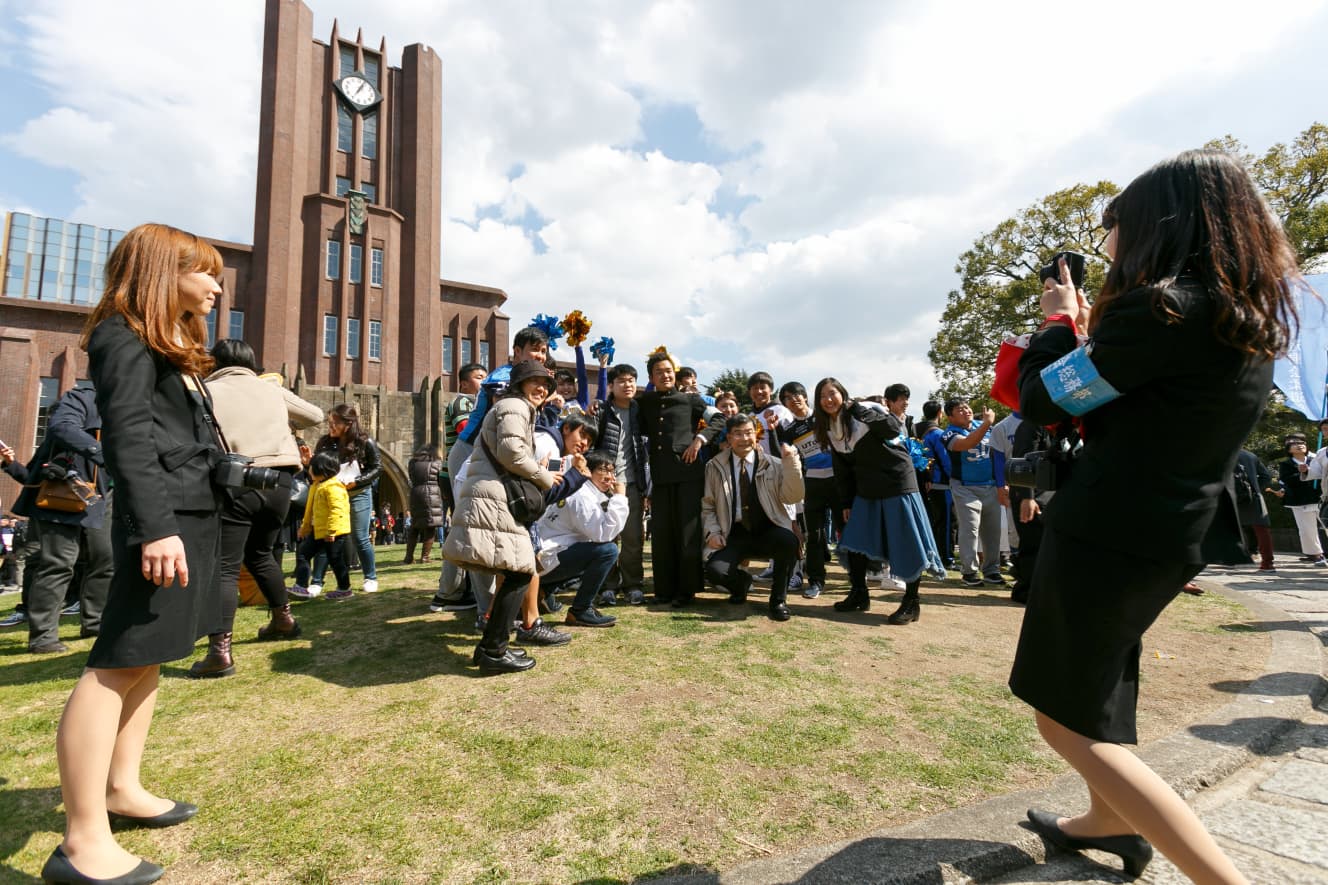Senzoku Gakuen and Hongo make great strides, while Sugamo and Toho stagnate… The rise and fall of high schools in the “Tokyo University Successful Candidates Ranking,” which has changed dramatically over the past 20 years.

Kaisei (Arakawa-ku, Tokyo) topped the list for the 42nd consecutive year with 146 students, followed by Nada (Kobe, Hyogo Prefecture) in second place with 86, and Azabu (Minato-ku, Tokyo) in third place with 78, up 14 from ninth place last year.
On March 10, the number of successful applicants to Japan’s most difficult university, the University of Tokyo, was revealed. Daigaku Tsushin, Sunday Mainichi, and Asahi Weekly published their annual “Ranking by High School of Students Successful in Tokyo University” based on their own surveys. Nobuyasu Morigami, director of the Morigami Education Research Institute and an expert on entrance examinations, explains this year’s trends (comments below by Mr. Morigami).
In the past few years, the resurgence of public schools such as Hibiya (Chiyoda-ku, Tokyo, 47 students), Yokohama Suiran (Yokohama City, Kanagawa Prefecture, 44 students), and Asahigaoka (Nagoya City, Aichi Prefecture, 25 students) has been a hot topic, but it seems to have calmed down a bit. On the other hand, private integrated junior high and high schools are making great strides due to the popularity of junior high school entrance examinations. Nishiyamato Gakuen (73 students in Kitakasugi, Nara Prefecture) and Komaba Toho (72 students in Setagaya Ward, Tokyo) are probably the most symbolic schools.
Formerly strong sports schools

From a parent’s point of view, some of the top schools on the list may seem surprising, such as “I’ve never heard of that school” or “What? A typical example is Senzoku Gakuen (Kawasaki City, Kanagawa Prefecture), which had one student accepted to Todai in 2003 and none the following year. This year, 22 students were accepted.
Senzoku Gakuen is an integrated junior-high and high school for girls in the same vein as Senzoku Gakuen College of Music. The school has been undergoing various school reforms for the past 20 years and is determined to overtake Ferris (a prestigious girls’ school in Kanagawa). The school stopped accepting applications for high school, which had a deviation score of about 40, and abolished the music department. The school actively accepts returnees, and its current deviation score is about 60. Thanks to the reforms, the school began to attract excellent students from the rural city area of Kanagawa, and the number of students accepted to Tokyo University has increased dramatically, more than tripling in four years (from 7 to 10 to 17 to 22).
Hongo (Toshima-ku, Tokyo), which has long had the image of a strong sports school, including rugby and soccer, is another high school that has greatly increased its success at the University of Tokyo, from 0 in 2003 to 2 the following year, to 14 this year.
The school is now the most popular boys’ school in Japan, attracting the largest number of applicants for the February 2 junior high school entrance exam. It used to be a bunkara school with an electronics and mechanical engineering department and a design department, but it embarked on reforms in the 00’s, built a new school building, and will stop accepting high school applications in 21 years. The school became a fully integrated junior high and high school, and its position as a school for difficult-to-enter schools such as Kaisei and Komaba Toho has become firmly established. The number of students accepted to Tokyo University is increasing (from 8 to 9 to 13 to 14).”
On the other hand, some schools are stagnating: Sugamo (Toshima-ku, Tokyo), which passed 40 students in 2003 and 48 the following year. The prestigious school in the Johoku district also saw its numbers drop to three this year.
The school’s former spartan reputation, including swimming meets in loincloths and cold-weather practices, seems to have had a negative impact. The temporary relocation of the school building to accommodate the construction of a new school building also contributed to the decline in the number of students taking entrance examinations. Recently, however, the school has been attracting renewed attention as a school for students applying to top public schools, as it has introduced a five-subject exam for the high school entrance examination since 2009. The school has always been strong in the medical field. Due to its popularity in the high school entrance examinations, I believe it will be back on track in the next three to four years.”
Toho (Kunitachi, Tokyo), which had 44 successful applicants in 2003 and 43 the following year, but only 9 this year, is also in a difficult situation.
Toho’s students are not doing well in the Tama district, where Toho is located. In the Tama area, where Toho is located, there is not so much. Gyosei (Chiyoda-ku, Tokyo), which used to have around 20 successful applicants about 20 years ago, has been in the doldrums recently (5 this year). I think the school is not appealing enough to prospective students.”
Schools also rise and fall. The ranking of students who have been accepted to Tokyo University gives a glimpse of the current state of each school.


PHOTO: Jiji Press Afro